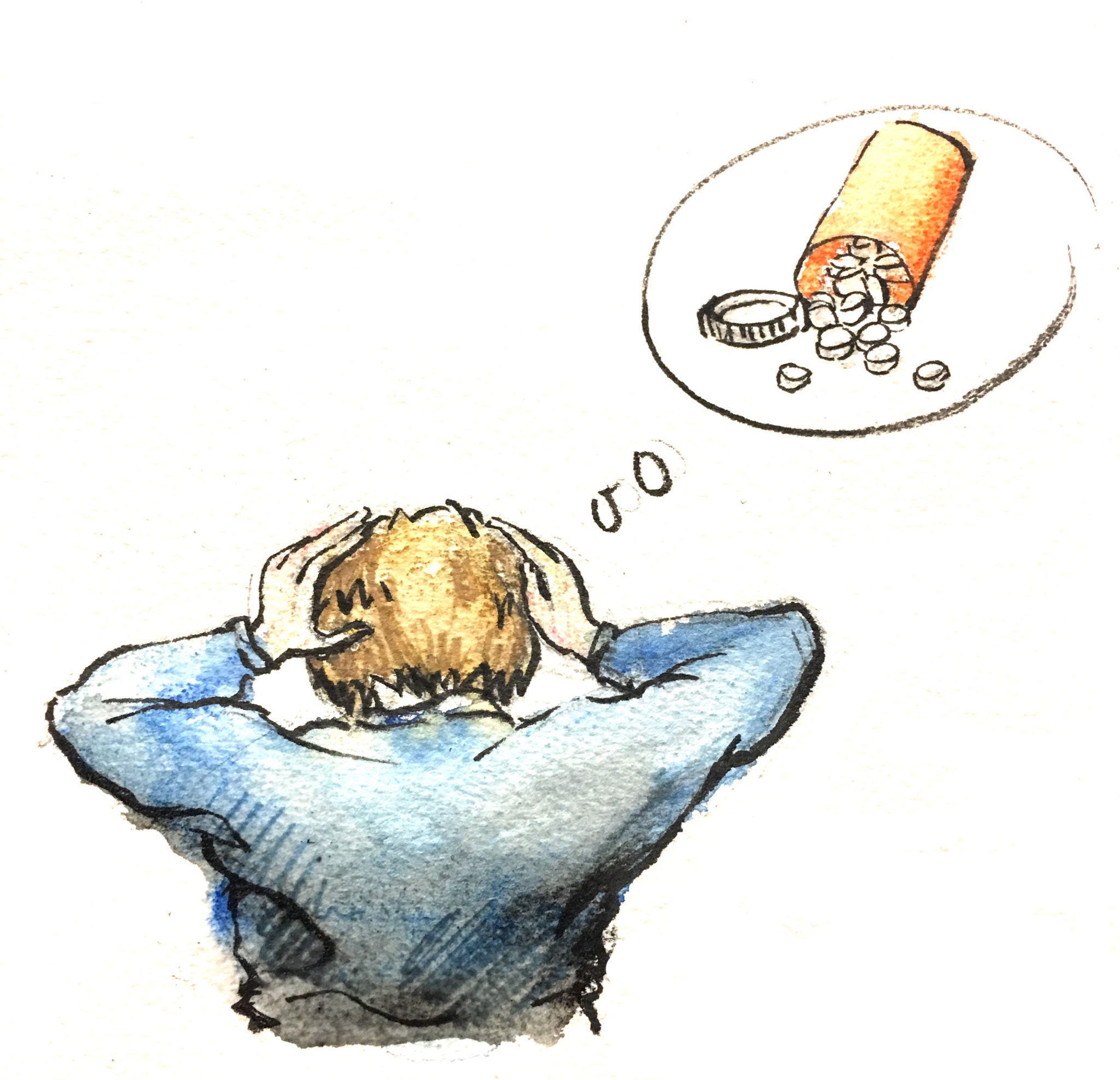
In a study published in Nature Communications on Dec. 15, Yale and New York University researchers found that risk avoidance was linked to less gray matter in the right posterior parietal cortex region of the brain. As humans age, the amount of gray matter throughout the brain decreases, explaining the observed relationship between aging and risk avoidance.
In the study, participants between the ages of 18 and 88 were given the choice between receiving a guaranteed five dollars or entering a lottery to win various amounts of money at varying probabilities.
Researchers observed that the older the participant was, the more likely they were to choose the five dollars. They then conducted MRI brain scans measuring the amount of gray matter in different regions of the brain and found that decreased gray matter in the right posterior parietal cortex — a region in the back of the brain — was linked to risk avoidance.
As part of the normal aging process for humans, the amount of gray matter throughout the brain, according to Ifat Levy, a neuroscience professor at Yale who co-authored the study.
This process begins in the mid-twenties, when the brain is finished developing, she added. The amount of gray matter in the brain varies by individual, as does the rate at which it decreases with aging. Generally, the decline begins gradually and then becomes steeper in the forties.
The idea for this study came from previous research which associated the amount of gray matter in the brain and risk aversion in young adults. It was found that of the participants, who were all around the same age, those with less gray matter were more risk averse.
“We put these factors together and hypothesized that it is declining gray matter that can account for increased risk-aversion with age,” Levy said.
Decision making in terms of money was used in the study because, Levy explained, it is easy to quantify and people always want more of it.
It is unclear, though, if decision making with money reflects decision making in other domains such as medical or social decision making, she said.
According to the report, the significance of this study is that once the decision making process is understood, people’s decision making can be altered so that people select more advantageous options.
“The first step in trying to change behavior is understanding it,” Levy said.
However, this brings up the moral question of whether it is right or wrong to alter people’s behavior, said Sharon Gilaie-Dotan, a neuroscience researcher at University College London and a co-author of the study.
Gilaie-Dotan added that gray matter decay varies not only by individual but also by brain region, with some areas of the brain experiencing a quicker decline in gray matter than others.
Levy cautioned that in addition to gray matter, other factors may be responsible for risk aversion, such as white matter and non-neurological factors such as life experience.







